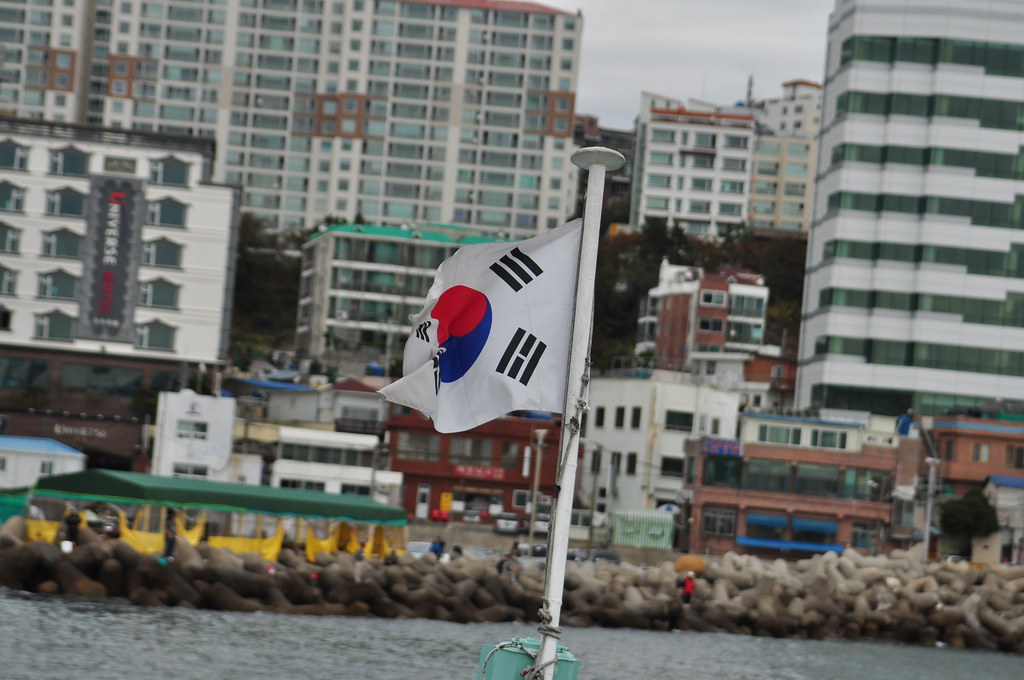By Matija Šerić
Israeli Arabs, also referred to as Arab Israelis or, less commonly, Palestinians, represent a highly significant segment of Israeli society. According to the latest data from the Israeli government in 2023, they make up 21% of the total population of the State of Israel, numbering just over two million. Simply put, they are Palestinian Arabs who, unlike most of their fellow countrymen who became refugees, chose to remain within the internationally recognized borders of the State of Israel after its establishment in 1948 and the subsequent Arab-Israeli wars.
These are Arabs who did not hastily flee Israeli territories, despite the continued denial of Israel’s right to exist by neighboring Arab states. They were not deterred by the recurring conflicts and wars. Instead of abandoning their ancestral homes and seeking refugee status in nearby countries, they opted to continue living in the Jewish state, despite the challenges. The history, identity, and socio-political status of Arab citizens in Israel offer a broader and more comprehensive perspective on the highly complex Israeli-Arab relations.
Historical Context
The history of Israeli Arabs predates the founding of the State of Israel in May 1948. Arabs had been living in the region for centuries, ever since the Muslim conquest of the Holy Land in the 7th century. For the longest part of history, Palestine was ruled by the Ottoman Empire. Just prior to the pivotal year of 1948, the area of present-day Israel was part of the British Mandate of Palestine (since 1920), populated primarily by Arab inhabitants.
After the establishment of Israel and the First Arab-Israeli War (1948–49), the majority of Palestinian Arabs—about 700,000 people—fled or were expelled in what is known in Arabic as the Nakba (“catastrophe”). However, around 150,000 who remained within the new Israeli borders soon became citizens of the State of Israel.
For this reason, many observers refer to Israeli Arabs as ‘Palestinians of ’48’ or ‘Arabs of ’48’, emphasizing that they remained in Israel after 1948, within the so-called Green Line, the armistice line demarcating Israel from the surrounding Arab states. At that time, Egypt occupied the Gaza Strip, while the Hashemite Kingdom of Jordan took control of the West Bank.
In 1952, Israel passed the Citizenship Law, granting citizenship to Arabs. However, for the first two decades of Israel’s existence, the Arab population was subjected to military rule, which lasted until 1966. This period was marked by restrictions on movement, employment, and political freedoms. Despite this, Israeli Arabs were gradually integrated into the country’s political system, gaining the right to vote in Knesset (parliamentary) elections and the ability to participate in political life.
In 1965, a radical Arab group called Al-Ard formed the Arab Socialist List and attempted to run for parliamentary elections. However, the list was banned by the Israeli Election Committee. The following year, military rule was abolished, and the government began to repeal many discriminatory laws.
From 1967 to the 21st Century
In 1967, Israel won the Third Arab-Israeli War and took control of the entire West Bank and Gaza Strip—in effect, the whole of the Holy Land. Israeli Arabs were then able to reconnect with their relatives and fellow Arabs in those areas, something that had previously been impossible.
In 1974, the Committee of Arab Mayors and Local Council Heads was established, playing an important role in advocating for Arab community rights. The following year, the Committee for the Defense of the Land was formed, aiming to prevent further expropriation of Arab-owned land. In 1976, Israeli security forces killed six Arabs during a protest against land confiscation and house demolitions. The date of the protest, March 30, has since been commemorated annually.
In the 1980s, the Islamist movement emerged, focusing on building schools, hospitals, and mosques, while promoting a conservative lifestyle. It also participated in local politics.
Many Arabs supported the First Intifada (1987–1993) and assisted Palestinians in the West Bank and Gaza with money, food, and clothing. Numerous strikes were held as well. The Second Intifada (2000–2005) again generated strong support among Israeli Arabs for their brethren in the Palestinian territories. In October 2000, protests erupted in northern Israel, resulting in clashes with police in which 13 Arabs and one Jew were killed.
These tragic events caused many Arabs to reevaluate their relationship with the Israeli state, leading to a widespread boycott of the 2001 elections. During the 2006 Lebanon War, Arab organizations complained that the Israeli government focused its efforts on protecting Jewish citizens from Hezbollah attacks while neglecting the Arab population.
Recent Conflicts and Arab Response
During the Israeli-Palestinian crisis in 2021, protests and unrest erupted across Israel in cities with large Arab populations. In Lod, stones were thrown at Jewish apartments, and some Jewish residents were evacuated by police to protect them from reprisals. Synagogues and a Muslim cemetery were destroyed. Since the outbreak of the war between Israel and Hamas in 2023, Israel has carried out mass arrests and detentions of Palestinian workers and its Arab citizens. At the same time, the war has led to increased self-identification of Arabs with Israel. According to various surveys, the majority of Israeli Arabs condemned Hamas’s massacre on October 7 but opposed the mass bombing of Gaza. Some foreign media have reported that Israel increasingly treats its Arab minority as a potential fifth column. On the other hand, Palestinian radicals consider their brethren living in Israel to be traitors.
Status
Arabs are not legally equal to Jews in all respects. The Law of Return from 1950 grants all Jews and their children, grandchildren, and spouses the right to immigrate to Israel and automatically obtain citizenship. Non-Jews do not have these rights. Palestinians and their descendants do not have the legal right to return to properties their families owned before being displaced in 1948 or 1967. According to Israeli law, Arabs living within the Green Line have the right to become Israeli citizens just like Arabs living in East Jerusalem and the Golan Heights. However, few Arabs in East Jerusalem and the Golan Heights have chosen to take Israeli citizenship. Although Israel annexed East Jerusalem in 1980, only about 5% of Arabs there hold Israeli citizenship. This is unsurprising because Arabs in East Jerusalem consider it the future capital of Palestine.
Arabs who have not accepted Israeli citizenship have permanent resident status with some restrictions. They cannot vote in elections and must obtain a permit to travel abroad. Many jobs are inaccessible to them, and Israel can revoke their residency status for valid reasons. Currently, about 362,000 Arabs in East Jerusalem hold permanent resident status.
National and Cultural Identity
The identity of Israeli Arabs is complex and multilayered. Most identify ethnically as Arabs while simultaneously holding Israeli citizenship. This mosaic of identities creates particular challenges, especially in the context of the Israeli-Palestinian conflict. Their native language is Arabic, but they also speak Hebrew fluently. Because the modern Arabic dialects of Israeli Arabs have absorbed many Hebrew loanwords and expressions, their language is sometimes called Israeli Arabic. The culture of Israeli Arabs is rich and diverse, encompassing elements of Islamic, Christian, and Druze traditions. Language, music, literature, and customs reflect a unique history and position within Israeli society. Despite challenges, Arab communities in Israel have managed to preserve and develop their culture.
Political Role
The political participation of Israeli Arabs has evolved over the years. Today, Arab political parties and representatives actively participate in the Knesset. Although they often face political marginalization and discrimination, Arab politicians play a key role in advocating for the rights of their community. Arab political parties traditionally did not join ruling coalitions until 2021, when the United Arab List (UAL) became the first to do so. In the November 1, 2022, Knesset elections, two Arab parties passed the threshold, UAL and Hadash-Ta’al, each winning five seats out of 120 in the parliament.
While the number of Arabs in Israel grows rapidly each year, they do not prosper socially and economically at the same rate as the majority of Israeli citizens, mostly ethnic Jews. As their population grows, they will have greater political power because they can elect more representatives to parliament. However, the question remains how much influence they will have on the composition and work of Israeli governments.








